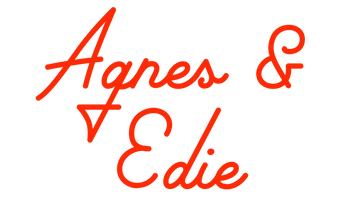How To Flag - The Hanky Code Explained

Do you know the Hanky Code?
The Hanky Code emerged in the USA in the 1970’s (some say New York on the East coast, some say San Francisco on the West coast) as a way to signal (using back pockets) to others in the Queer community just what exactly you’re into. By simply sneaking a glance at the booty, anyone who knows what’s up can either give you a knowing nod, a tight lipped smile, or come over and ask to buy you a drink.
The left side of the body signifies that you’re in a Top or Dominant role, while the right side of your body shows you’re a bottom or sub. We’ve also come across vers peeps tying hankies around their neck to show they could go either way depending on their partner of choice. You can also flag in both pockets (or on the wrist if you're a femme cursed with the no pockets saga). We love a versatile Queer fashion moment.
Colours of the Hanky Code are signals for what you’re yelling to all and sundry within sight. There’s a simplified 10-colour code, as well as a super in depth, colour wheel required, long ass code. We’ve included both below in case you want to get really specific. Tip: if you’re not sure whether someone is flagging, or you can’t tell the difference between cobalt and periwinkle blue - just ask honeys. Most people are happy to enlighten you, and you never know - you might make a new friend (or a friend).
Here are the generally agreed upon colours:
- Black - S&M
- Grey - Bondage
- Orange - Anything goes
- Yellow - Watersports
- Red - Fisting
- Purple - Piercing
- Green - Hustling/Sex work
- Brown - Scat
- Light blue - Oral sex
- Dark blue - Anal sex
Larry Townsend's The Leatherman's Handbook II (2nd Ed.).
You can wear as many hankies as you like, or have a minimalist moment if you’d prefer. These aren’t set in stone either - you could have a Red Monday, a Purple Tuesday, and a Grey Wednesday if you’re a Virgo moon and like to plan accordingly.
The Hanky Code in the Community
Bob Damron’s 1964 Address Book was a list of the Queer bars he came across travelling the USA. Featured were bathhouses, cruising spots, and gay bars in all 50 states. He also published one of the first Hanky Code guides.

Bob Damron’s Address Book (1980)

Bob Damron's Address Book (1980)
In Gay Semiotics, Hal Fischer writes
In San Francisco, the signs began appearing around 1971. The Trading Post, a department store specializing in erotic merchandise, began promoting handkerchiefs in the store andc printing cards with their meanings. The red and blue handkerchiefs and their significance were already in existence, and meanings were assigned to other colors as well.
Find Gay Semiotics in our bookstore!
Jaime C. Knight’s installation LA/ATX Pocket Expo: The New Rules of Flagging is a Texas based video and workshop installation as part of the Salvage Vanguard Theatre OUTsider Fest. It’s an ongoing project of Die Kränken (a group of Queer, genderfluid and polyamorous people), in response the history of gay motorbike clubs in California.

Queer Punk

PrEP Warrior
Finally, if you need guidance from The Order of Sodomites, then this video of Justin Sayre updating us on the use of the Hanky Code is for you. Long have these issues laid in the shadow of a second date - we’re flagging our baggage now bitches.
Which bullshit are you willing to live with?
And, as promised, here's a copy of the super in depth, colour wheel required, long ass code

What color are you wearing?
Read more
Comments





